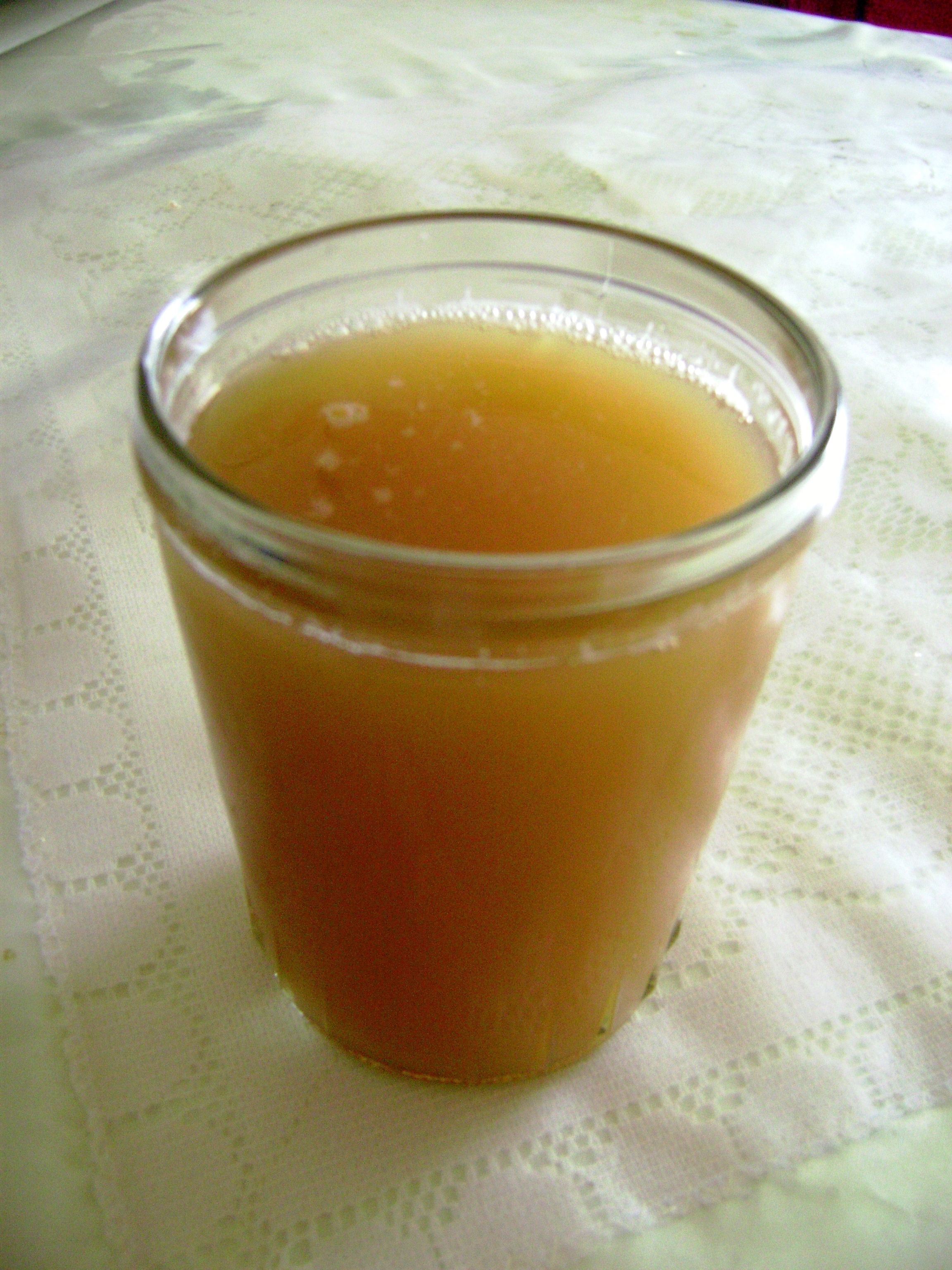Tuesday, October 10, 2017
Wednesday, February 22, 2017
BrewTALES from the road - How is this made?
Our book, The National Geographic Atlas of Beer is in the final proof stage. It's full of geography, history, and culture of beer, as well as stories told to us by brewers. Here is one interesting story, among many you will find in our book, which will be for sale in mid September, 2017.
A year ago, we had the chance to travel to South America to visit breweries and learn more about the beer culture. We had tried chicha before in Colombia, but now knowing how it's made, we might have second thoughts.
 What would you do with your beer if someone spat in it? Chicha is the original fermented beverage made by the local populations in Latin America before the arrival of the Europeans. It is a corn based beverage, that starts with people chewing kernels of corn and relying on the enzymes in saliva to begin breaking the starch into sugars. People are essentially malting the corn in their mouths! The resulting paste is then spat into bowl. Water is added and then the mixture is boiled and once cooled, yeast settles into the wort and fermentation begins. Today, chicha is still made in this manner in indigenous villages, but it also made using commercially malted corn, thereby skipping the chewing and spitting steps. Bottoms up!
What would you do with your beer if someone spat in it? Chicha is the original fermented beverage made by the local populations in Latin America before the arrival of the Europeans. It is a corn based beverage, that starts with people chewing kernels of corn and relying on the enzymes in saliva to begin breaking the starch into sugars. People are essentially malting the corn in their mouths! The resulting paste is then spat into bowl. Water is added and then the mixture is boiled and once cooled, yeast settles into the wort and fermentation begins. Today, chicha is still made in this manner in indigenous villages, but it also made using commercially malted corn, thereby skipping the chewing and spitting steps. Bottoms up!
Follow us on our 160,000 mile odyssey criss-crossing the globe writing about beer: facebook.com/thebeerdoctors
A year ago, we had the chance to travel to South America to visit breweries and learn more about the beer culture. We had tried chicha before in Colombia, but now knowing how it's made, we might have second thoughts.
Follow us on our 160,000 mile odyssey criss-crossing the globe writing about beer: facebook.com/thebeerdoctors
Friday, February 17, 2017
Standing out in Spain's craft beer industry
Our book, The National Geographic Atlas of Beer is in the final proof stage. It's full of geography, history, and culture of beer, as well as stories told to us by brewers. Here is one interesting story, among many you will find in our book, which will be for sale in mid September, 2017.
Take internet dating, goats, red tape, a 6 foot blonde, mix in a passion for brewing, and you end up with La Cabra Azul (The Blue Goat) brewery. Meet Liz Luyben. As a college student in the Netherlands, Liz got her hands on a brewing kit and became quite good at changing water into beer, especially with Belgian tripels. Then along came love. She and her husband not only met on the internet, they subsequently founded the largest free dating site in the Netherlands, which meant no time for her brewing hobby. With the success of their website, they relocated to the mountains outside of Malaga, Spain to enjoy life. But good beer was hard to come by in her remote village.
So Liz dusted off her brewing kit and started to brew American IPAs. A local bar owner tried one and invited Liz to brew at his bar, where he would sell it. Mountains of red tape later, La Cabra Azul was born. The brewery was named after the blue skies of Andalusia and the goats that graze on the hills. The use of local ingredients whenever possible is essential. Liz has even started to grow hops (Emerald, Simcoe and Citra) for her beers! Berliner Weisse is her next big project. When asked what it is like to be a brewer in Spain, Liz said, “I am a six foot tall blonde, pretty much all Spanish brewers are short guys with beards. That does tend to make me stand out just a little. Then again I am not easily overlooked, which is a good thing!” Agreed. Like Liz, her tasty beers should not be overlooked!
Follow us on our 160,000 mile odyssey criss-crossing the globe writing about beer: facebook.com/thebeerdoctors
 |
| Brewmaster Liz Luyben |
So Liz dusted off her brewing kit and started to brew American IPAs. A local bar owner tried one and invited Liz to brew at his bar, where he would sell it. Mountains of red tape later, La Cabra Azul was born. The brewery was named after the blue skies of Andalusia and the goats that graze on the hills. The use of local ingredients whenever possible is essential. Liz has even started to grow hops (Emerald, Simcoe and Citra) for her beers! Berliner Weisse is her next big project. When asked what it is like to be a brewer in Spain, Liz said, “I am a six foot tall blonde, pretty much all Spanish brewers are short guys with beards. That does tend to make me stand out just a little. Then again I am not easily overlooked, which is a good thing!” Agreed. Like Liz, her tasty beers should not be overlooked!
Follow us on our 160,000 mile odyssey criss-crossing the globe writing about beer: facebook.com/thebeerdoctors
Subscribe to:
Comments (Atom)